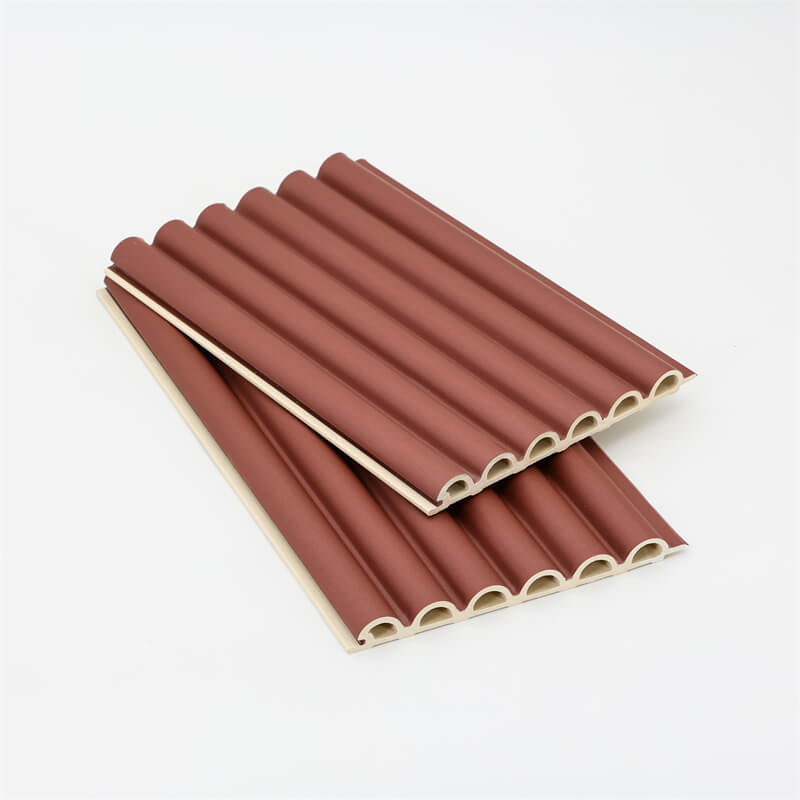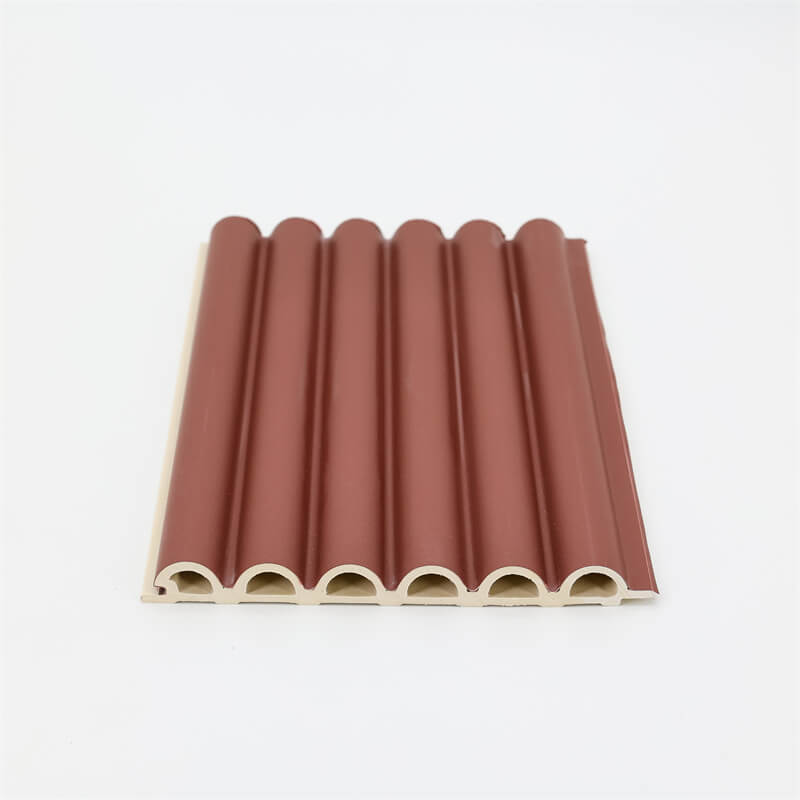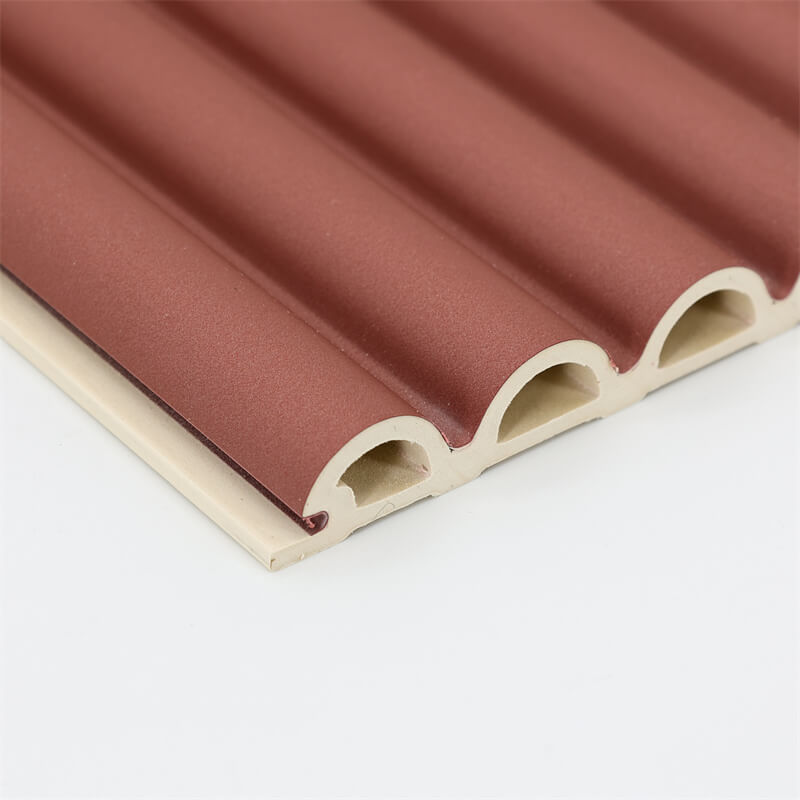
Wood Plastic Composite (WPC) panels have gained significant popularity in recent years as a versatile and sustainable building material.
These panels are made by combining wood fibers or flour with thermoplastics, resulting in a durable and environmentally friendly product.
In this comprehensive guide, we will explore the numerous advantages of WPC panels across different applications.
From their exceptional durability to their aesthetic appeal, we will delve into the key benefits that make WPC panels an excellent choice for modern construction and design projects.
Durability and Longevity
WPC panels are known for their exceptional durability, making them suitable for both indoor and outdoor applications.
These panels exhibit high resistance to moisture, rot, insects, and UV radiation, which are common factors that can degrade traditional wood materials.
The incorporation of thermoplastics in the composition of WPC panels enhances their strength and longevity,
ensuring that they can withstand harsh weather conditions and heavy usage without warping, splintering, or fading.

Versatility in Design and Application
One of the major advantages of WPC panels is their versatility in design and application.
They can be manufactured in various sizes, shapes, and colors, allowing for endless design possibilities.
WPC panels can mimic the appearance of natural wood while offering greater flexibility in terms of customization and maintenance.
Whether used for indoor flooring, outdoor decking, wall cladding, or furniture, WPC panels provide a seamless blend of functionality and aesthetics.
Sustainability and Environmental Benefits
WPC panels offer significant environmental advantages compared to traditional wood products.
By utilizing recycled materials such as wood fibers and thermoplastics, WPC panels contribute to reducing waste and promoting resource efficiency.
These panels are also free from toxic chemicals and require minimal maintenance, reducing the need for harmful paints, stains, or sealants.
Furthermore, the longevity of WPC panels contributes to a lower environmental impact by reducing the frequency of replacement and associated material consumption.

Easy Installation and Low Maintenance
Installing and maintaining WPC panels is relatively straightforward, making them a preferred choice for both professionals and DIY enthusiasts.
These panels are often designed with user-friendly installation systems, such as interlocking mechanisms or hidden fasteners, which simplify the installation process.
Additionally, WPC panels are resistant to stains, scratches, and mold, requiring minimal maintenance.
Regular cleaning with mild soap and water is usually sufficient to keep them in excellent condition for years to come.
Wood Plastic Composite (WPC) panels offer a wide range of advantages that make them an attractive alternative to traditional wood materials.
Their exceptional durability, versatility in design, sustainability, and ease of installation and maintenance set them apart as a superior building material.
Whether used for residential, commercial, or outdoor applications, WPC panels deliver outstanding performance and aesthetic appeal.
As the construction industry continues to prioritize sustainable and long-lasting solutions, WPC panels emerge as a top choice for architects, designers, and homeowners alike.
Embracing the advantages of WPC panels not only enhances the visual appeal of spaces but also contributes to a greener and more resilient built environment.
